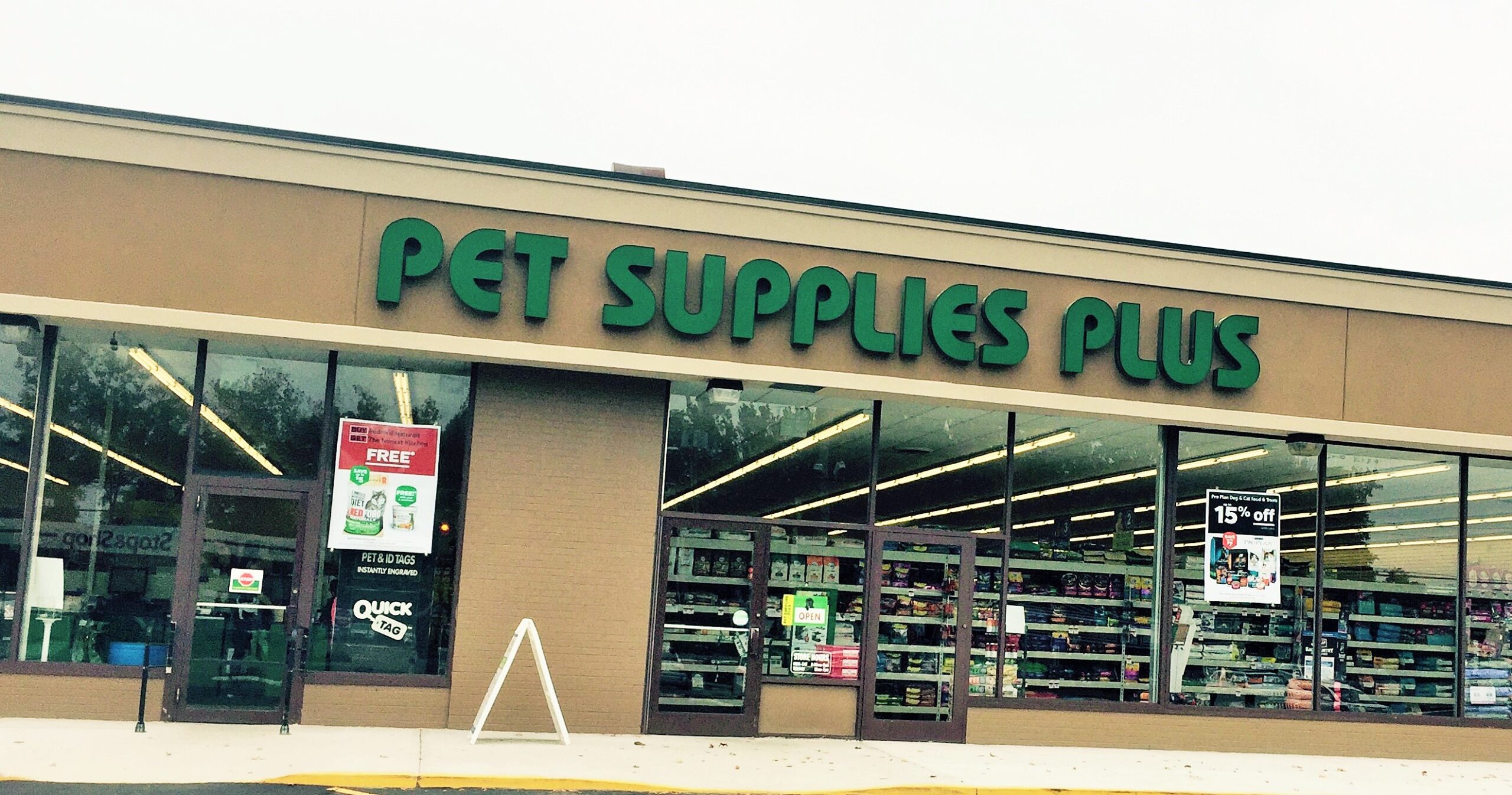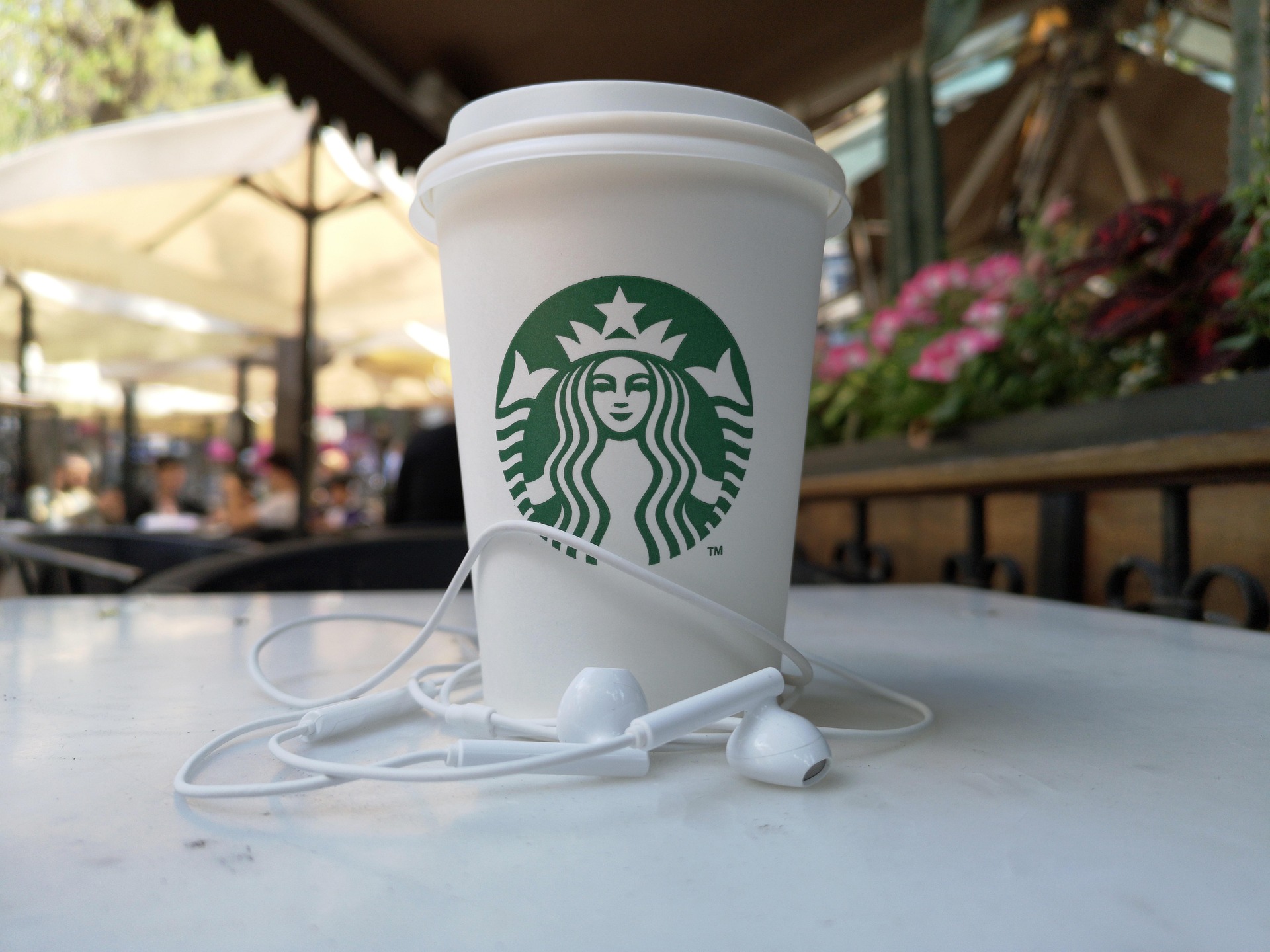- SHOPPING
Latest Pet Supplies Plus Coupons & Promo Codes to Save Big


In recent months, Starbucks has been making headlines with its strategic decision to close several of its stores across various locations. This move, part of a broader restructuring plan, aims to adapt to shifting market dynamics and consumer preferences. As the coffee giant navigates these changes, stakeholders are keenly observing the implications for employees, communities, and the brand’s future direction.
Several factors contribute to Starbucks’ decision to close certain stores. Key among them is underperformance. Some locations have consistently failed to meet sales expectations, prompting the company to reassess their viability. Additionally, market changes, including increased competition and the rise of digital ordering, have necessitated a reevaluation of physical store presence.
Starbucks CEO Kevin Johnson has emphasized the importance of adapting to consumer trends, stating, “We are committed to aligning our resources with where our customers are and where they are going.” This strategic pivot includes enhancing drive-thru and curbside pickup capabilities, which have become increasingly popular.
The closure of Starbucks stores inevitably affects employees and local communities. Job losses are a significant concern, although the company has expressed its intention to relocate affected employees to nearby locations where possible. Despite these efforts, the uncertainty surrounding job security remains a pressing issue for many workers.
Communities that rely on Starbucks as a social hub and economic contributor are also impacted. The absence of a local Starbucks can lead to reduced foot traffic in surrounding businesses, affecting the broader local economy. However, Starbucks has committed to maintaining community engagement through various initiatives, even as certain stores close.
The store closures are geographically diverse, affecting urban and suburban areas alike. While specific numbers vary, statistics on store closures indicate a significant concentration in densely populated cities where market saturation and high operational costs are prevalent.
These examples illustrate the strategic nature of the closures, as Starbucks seeks to balance its urban footprint with profitable operations.
Looking ahead, Starbucks is implementing strategic changes to ensure long-term growth and sustainability. This includes a focus on digital transformation, with an emphasis on enhancing the mobile app experience and expanding delivery options. The company is also investing in new store formats, such as smaller, more efficient locations designed for quick service.
Starbucks is also exploring new markets and products to diversify its offerings. The introduction of plant-based menu items and a commitment to sustainability initiatives are part of this broader strategy. By aligning with consumer values and preferences, Starbucks aims to strengthen its brand and market position.
Customer reactions to the store closures have been mixed. While some loyal patrons express disappointment, others understand the necessity of the changes given the current economic climate. Social media platforms have been abuzz with feedback, ranging from nostalgia for favorite locations to support for Starbucks’ adaptive strategies.
Analysis of customer sentiment reveals a general acceptance of the closures, provided Starbucks continues to deliver quality products and services through alternative channels. The company’s commitment to innovation and customer experience remains a crucial factor in maintaining brand loyalty.
As Starbucks navigates through its store closures, the company remains focused on adapting to the evolving landscape while staying true to its core mission. By strategically closing underperforming stores and investing in future-oriented initiatives, Starbucks aims to emerge stronger and more resilient.
The coming months will be critical as the company implements its plans and monitors their impact. Stakeholders, including business analysts, customers, and industry observers, will undoubtedly continue to watch closely as Starbucks charts its path forward in an ever-changing market.